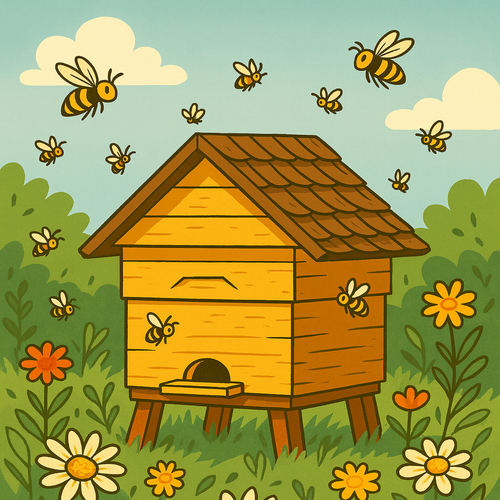Experimental Frequency Essence – For Beekeeping Research Use Only
This experimental essence is imprinted with an energetic signature inspired by reports of a “Varroa-killer” audio method. In the physical method, continuous sound in the 14–16 kHz range has been observed in patents and field trials to agitate and destabilize Varroa mites while leaving bees unaffected. In this essence format, those frequencies are encoded for study in an entirely non-physical way—no speakers, no hive disturbance.
Beekeepers participating in research may wish to trial this essence during periods of high mite load. The original audio method was most often applied during brood cycles in cooler months; however, timing and results may vary by colony and environment.
Suggested use: Apply according to your preferred research protocol and record observations, including mite drop counts and bee behavior.
Application Methods
A. Syrup / Feed
-
Add the diluted essence to sugar syrup or pollen patties before offering to bees.
-
Works well for long-term, low-disruption exposure.
B. Spray / Mist
-
Place bees inside the hive and lightly mist frames and bees with the diluted solution.
-
Use a fine mist so bees are dampened, not soaked.
-
Best for quicker exposure without altering feed.
C. Hive Environment
-
Place a small open container (shallow dish, cotton ball in a jar lid) with the diluted essence inside the hive, away from brood to avoid moisture issues.
-
Replace daily.
Frequency
-
Once daily or every other day during a brood cycle (about 21 days), matching the patent-inspired timing.
Record-Keeping
-
Note date/time of application, method used, and any visible hive changes.
-
For Varroa trials, count natural mite drop using sticky boards pre- and post-treatment.
Disclaimer: This is an investigational product. This essence is still in the research stages meaning we make no claims as to what it does. If you would like to try it, please report back with your experience. It is not a pesticide or veterinary treatment, and no claims are made regarding efficacy. For research use only.





